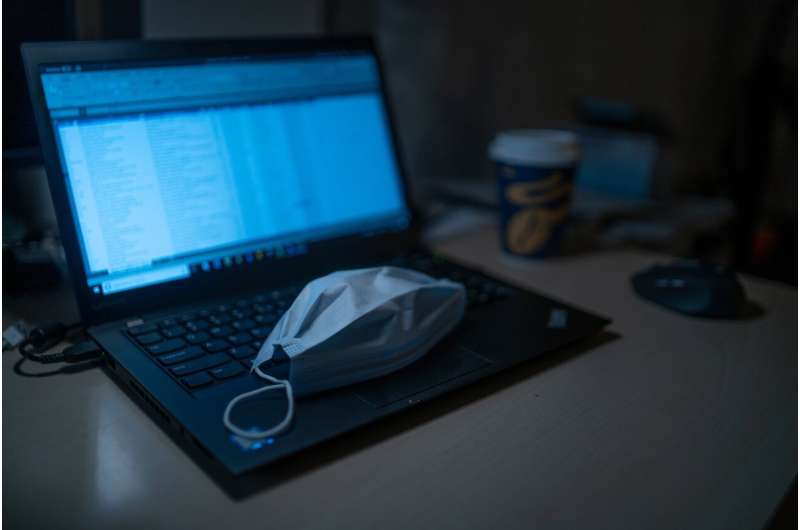Increasing public health measures could have helped prevent thousands of COVID-19 deaths in India

Strengthening public health measures at the sign of resurgence of SARS-CoV-2 in India in early 2021 would have helped control transmission in the country and reduced mortality by at least 40% during the second wave even without harsh lockdowns, according to a new University of Michigan study.
The research, published in Science Advances, provides data-driven frameworks for future pandemic response in India, the second most populous in the world. The conceptual framework is generalizable to other countries.
“We’re not trying to look back and say what went wrong and this is how things should have been different, but we wanted to be more forward thinking about how decision makers could use actual data to estimate the effectiveness of public health interventions in India, to inform action in response to future COVID-19 waves, or even other infectious disease outbreaks,” said Maxwell Salvatore, a doctoral student at U-M’s School of Public Health and lead author of the study.
The U-M team, led by Bhramar Mukherjee, professor of biostatistics and epidemiology at the School of Public Health, has been tracking the COVID-19 pandemic in India since March 2020. The Michigan team collaborated with investigators from Harvard, Tufts, Johns Hopkins, Brigham and Women’s Hospital, and Boston Children’s Hospital to take a closer look at the effect of public health interventions that were rolled out in India.
The team created mathematical models to characterize the estimated effect of these interventions as they changed the start date and the intensity of the measures, helping guide future responses based on epidemiologic triggers coupled with humane considerations.
India acted swiftly to the initial outbreak, announcing a nationwide lockdown when there were only about 500 cases and 11 deaths in March 2020, Salvatore said. While effective in controlling the virus, the lockdowns had significant economic and social costs associated with them. Harsh lockdowns were not needed, Mukherjee said, if modest interventions were rolled out early enough, when cases started increasing again in February 2021.
“Unlike the first wave, there was no nationwide public health response during the second wave,” Salvatore said. “Large gatherings were taking place with little or no use of facial coverings. Coupled with the rise of the Delta variant, the resulting second wave in a largely unvaccinated population was worse than the first by virtually every public health metric.”
Salvatore, Mukherjee and colleagues looked at four different counterfactual scenarios or levels of public health interventions, starting with the strongest one: the nationwide lockdown of 2020, which was very stringent. The next level was a moderate lockdown, based on intervention seen in the state of Maharashtra in response to the second wave in April 2021. The two other scenarios were modeled after the Maharashtra data but incorporated non-lockdown public health measures.
“At that point we were over a year into a pandemic leading to public fatigue when lockdown was not a feasible option, so we needed to investigate non-lockdown scenarios and weaker adherence,” Salvatore said.
Then, the researchers applied multiple epidemiological infectious disease transmission models developed at Michigan by Mukherjee’s lab and U-M biostatistician Peter Song’s lab to characterize the effect of these interventions had they been rolled out nationwide in February or March last year when an uptick was noted.
While the model has considerable uncertainty associated with it, Salvatore said, it shows that at least 40% of the reported deaths could have been averted with non-lockdown measures, depending on the timing of the interventions implemented.
“I think because the initial lockdown was so harsh, not properly implemented and came at high social and economic costs, it was difficult for a national political action to take place in response to the second wave,” he said. “In a pandemic, the timing of actions matters.
“Lockdowns can be averted through early action. Even just slowing down these waves so that the health care system can deal with people who are affected is very important. Unfortunately, the confluence of different factors led to an uncontrolled transmission of the virus in India and people died from lack of oxygen and inability to access proper healthcare.”
Mukherjee said it’s time to take a retrospective closer look at the data and apply principled statistical methods to find out what interventions worked in which country.
Source: Read Full Article
